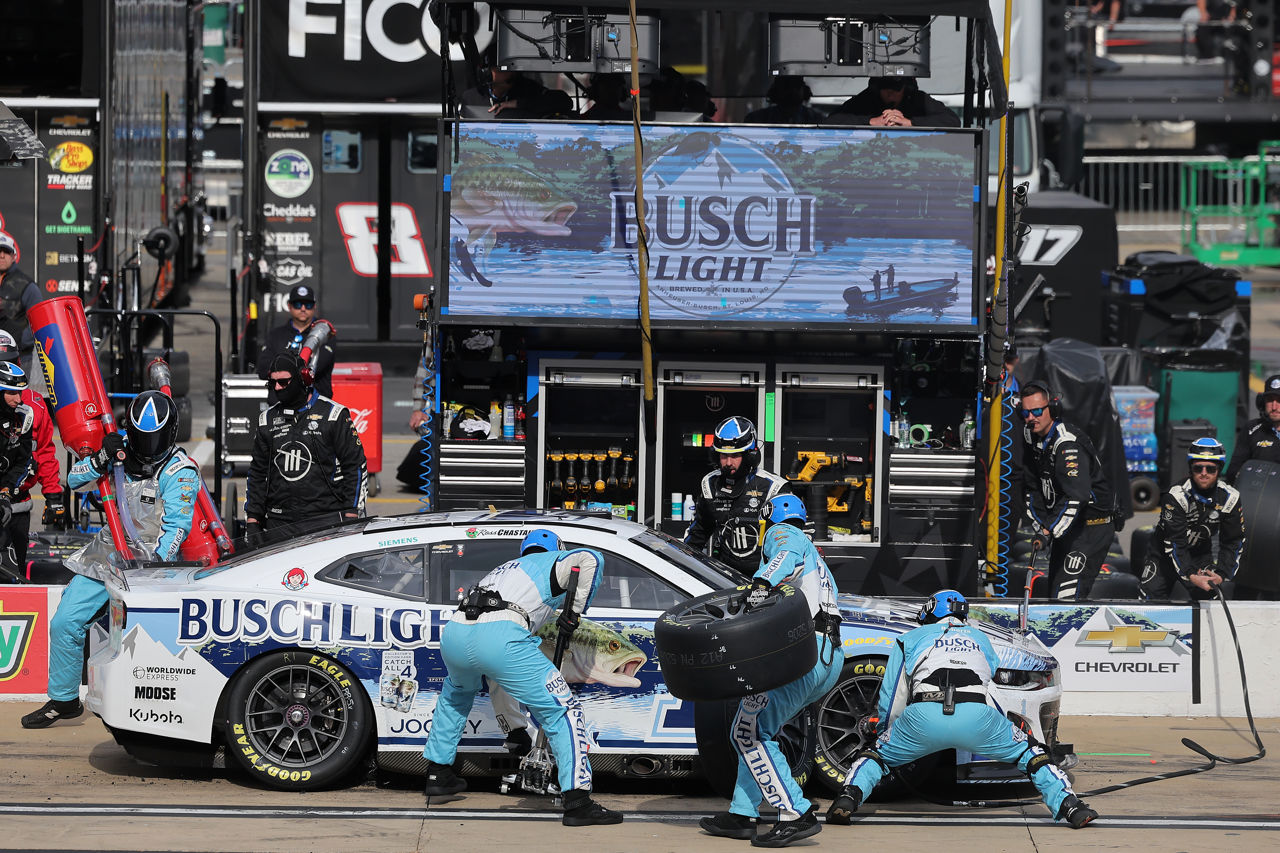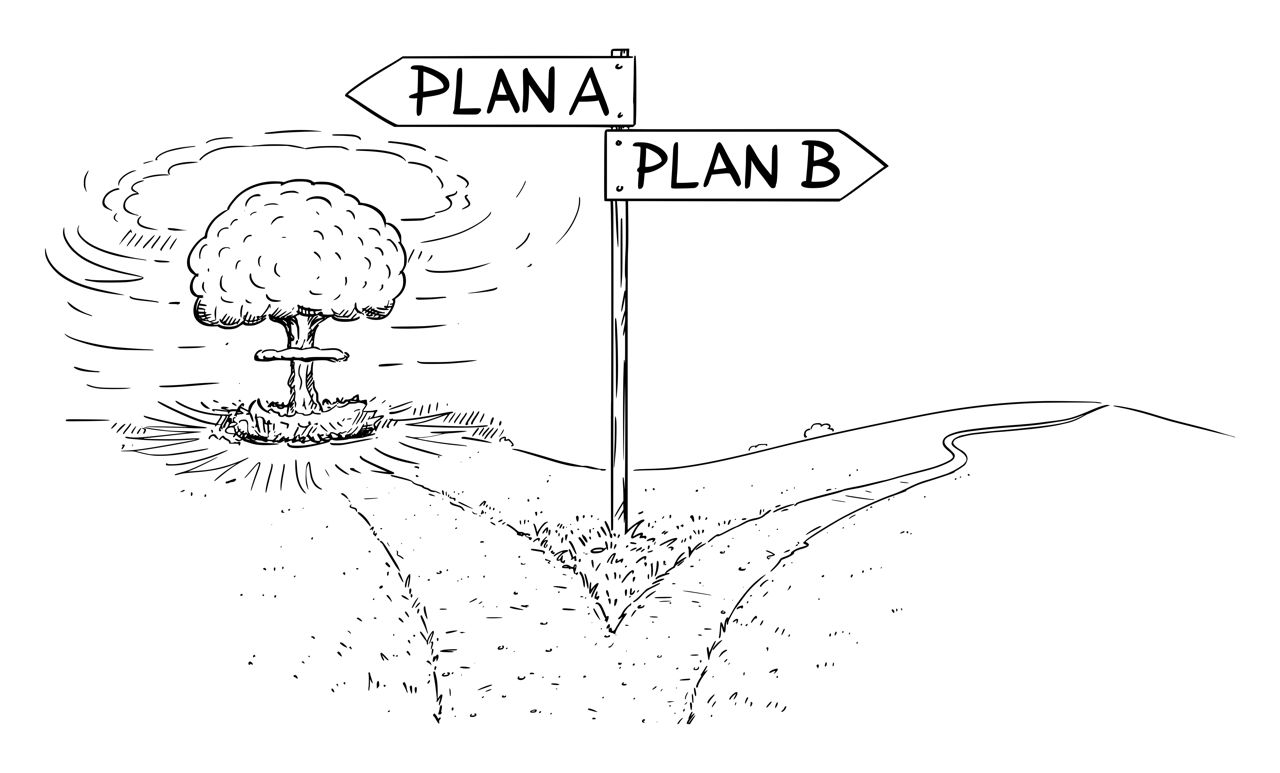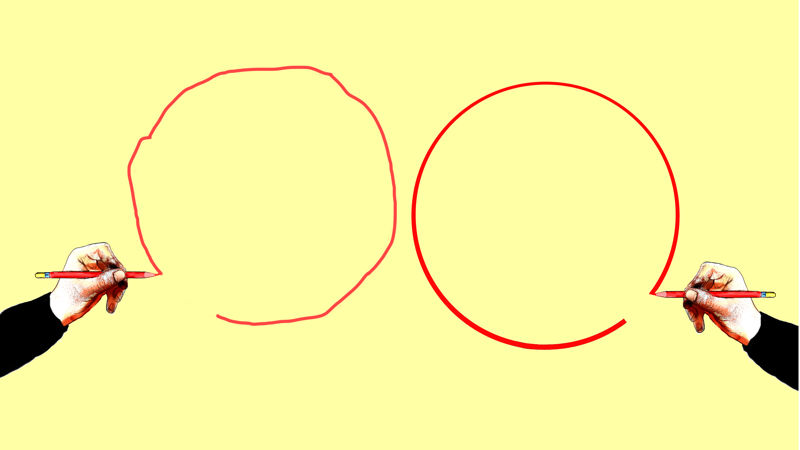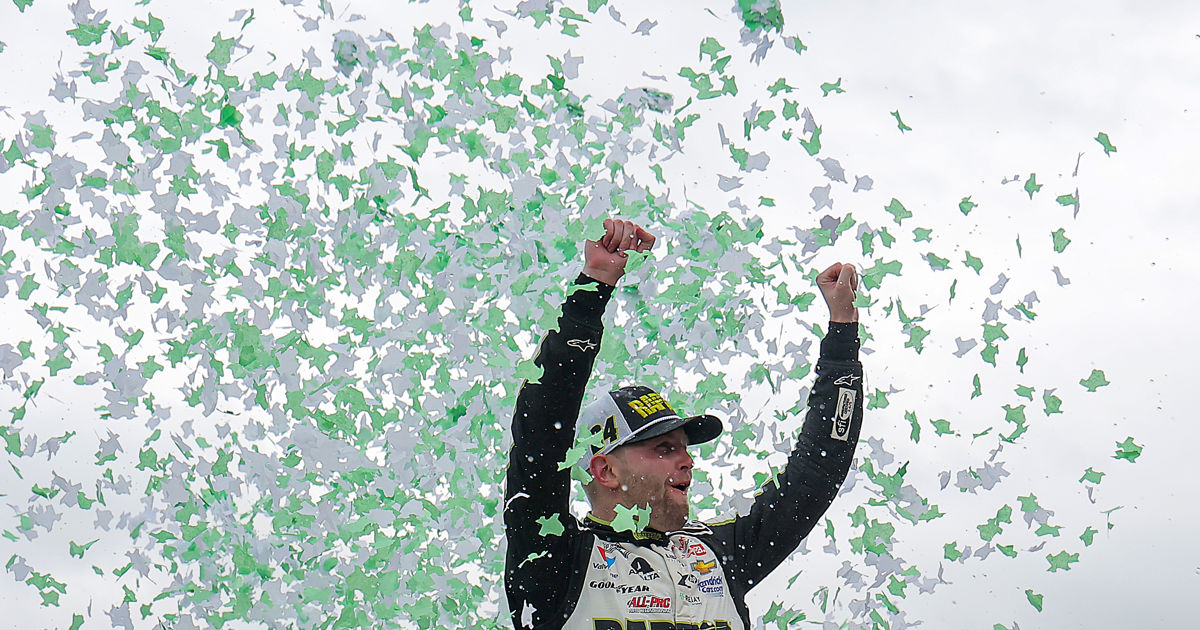Five golden rules for sports documentaries
Sportspeople aren't meant to hit their marks or deliver scripted lines, says 77 Ventures' Creative Director Doug Hanshaw. So, instead of trying to make them, embrace the unpredictable, unscripted nature of shooting short branded documentaries to get your work onto the winners podium.
The typical process for a branded shoot is a part of our DNA by now. You have your approved concept, script, boards and talent; the schedule is set, the shotlist is tight.
You have an incredibly specific vision for what you plan to achieve, and everyone has signed off on the direction.
But, when it comes to sports advertising, the excitement lies in the knowledge that the outcome is unwritten. So, what better way to service the raw emotion and anticipation of sports branding than in the equally unscripted format of documentary?
Athletes aren't meant to hit their marks, find their light and deliver scripted lines.
There will always be major benefits to shooting in a studio environment, but athletes aren't meant to hit their marks, find their light and deliver scripted lines. They’re at their most fascinating when they’re on the field or behind the wheel, racing the clock, making split-second decisions and striving for greatness. Documentary-driven branded content has an edge in capturing this raw authenticity from sports’ major players.

Above: Make friends with the staff of whichever sport you're shooting; they can provide invaluable insight, and access.
If you can learn to embrace the fluidity and unpredictable nature of doc-driven shoots, you may have a significant advantage in delivering powerful, authentic, sports-driven content that hits home for your clients and audience.
As a lead creative for NASCAR at 77 Ventures, I’ve found that there’s no better training ground for documentary-style advertising than the fast-paced gauntlet of the NASCAR racetrack, where a hundredth of a second can make or break the outcome of a race, or the shoot.
Learn to embrace the fluidity and unpredictable nature of doc-driven shoots.
Since a significant amount of commercial and branded work is already documentary-driven, at least in spirit, here are a handful of golden rules I’ve taken away from the track that have helped elevate all of the commercial work I do.
1. Make friends
Make friends with the staff, handlers and managers at your event. Trust that they know more than you do and want to help because they can give you valuable insight into moments that will be worth shooting. This is literally inside information; what are the team’s traditions and rituals? What's the historic lore about the field? What are fans’ favourite moments?
At NASCAR races, we always lean on the producers, driver marketing directors, track staff and driver handlers to clue us into how the day is going to play out; who is standing where for the National Anthem? Who is a favourite to win the race? Who might get a big reaction out of the fans? Your new friends may also be in a position to lend resources.
Credits
powered by
- Agency 77 Ventures Creative/Nashville
- Production Company The Mill/New York
-
-
-
Unlock full credits and more with a Source + shots membership.
Credits
powered by
- Agency 77 Ventures Creative/Nashville
- Production Company The Mill/New York
- Editorial Company Boomshot
- Music Marmoset Music
- Senior Executive Producer Matthew Loranger
- Colorist Elodie Ichter
- Executive Color Producer Alexandra Lubrano
- Mix/Sound Sonic Union
- Sound Designer/Audio Mixer Joe O'Connell
- Chief Creative Officer Galen Bernard
- Creative Director/Writer Brendan Gillen
- Creative Director/Art Director Doug Hanshaw
- Managing Director Meredith Weiss
- Executive Producer Kim Daniels
- Creative Director Mikey Schaefer
- Lead Animator Paris Glickman
- Colour Producer Colleen Valentino
- Editor Tommy Button

Credits
powered by
- Agency 77 Ventures Creative/Nashville
- Production Company The Mill/New York
- Editorial Company Boomshot
- Music Marmoset Music
- Senior Executive Producer Matthew Loranger
- Colorist Elodie Ichter
- Executive Color Producer Alexandra Lubrano
- Mix/Sound Sonic Union
- Sound Designer/Audio Mixer Joe O'Connell
- Chief Creative Officer Galen Bernard
- Creative Director/Writer Brendan Gillen
- Creative Director/Art Director Doug Hanshaw
- Managing Director Meredith Weiss
- Executive Producer Kim Daniels
- Creative Director Mikey Schaefer
- Lead Animator Paris Glickman
- Colour Producer Colleen Valentino
- Editor Tommy Button
Above: A recent NASCAR spot from 77 Ventures.
2. Have a Plan B
And C. And D. While it’s essential to have a Plan A, and have worked out ahead of time with the client what the thrust of the content will be, assume that the day will not go according to plan. But that’s the beauty of live sports! Use every delay and obstacle as an opportunity to gather options to craft your brand story in the edit.
While it’s essential to have a Plan A, assume that the day will not go according to plan.
Maybe one driver’s pit stall isn’t nearby, so you pivot to another one that could give you footage similar to what you originally wanted, or potentially something even better. Maybe the weather doesn’t cooperate, and all the lighting looks flat, the race got postponed, or the grandstands aren’t full… time to shoot drivers looking over data, talking with the crew chief, or taking a minute to breathe. It’s all a part of spinning a rich story.
3. Environment crafts character
You’re going to want to capture different flavours from your characters, so consider the environments you’ll shoot them in, and make sure to get them in a wide variety of spaces with camera angles in mind. For example, we always ask for 'hero shots' of drivers, so understanding how the race day breaks out is critical to knowing when and how we can grab those.
Driver introductions will often have them positioned up high on a platform, giving us a great low-angle look, surrounded by fans. This stokes anticipation of the race. But shooting the same driver in the garage gives us a more natural, intimate, thoughtful effect. Shooting them during the National Anthem evokes a hopeful, family-oriented vibe. Post-race gives us the raw emotion or exhaustion, anger, frustration, relief, joy.

Above: Always have a Plan B.
4. Communicate
Since you’ll likely have more than one crew working at a time, communication is key. Your cell phones and radios might not work the way you planned in a packed stadium. At NASCAR races, it’s incredibly loud, we end up using the same headsets that the driving teams use to communicate with each other and stay up to date with the action on the track.
Just as athletes have to relinquish control and respond to their circumstances, letting reality carry the creative direction of the story can be liberating.
The scanners will also let you listen in to the conversations between crew chief, driver and spotter which can give us some really insightful knowledge as the race progresses. Figure out how your players communicate with their coaches and teams and do as the Romans do.
5. Have faith in the footage
Being flexible and trusting the process is critical. As creatives, we often have a perfect vision of what we want. But, just as athletes have to relinquish control and respond to their circumstances, letting reality carry the creative direction of the story can be liberating. You have to trust your crew, your process and your ability to create something engaging on the fly.
You and your client will already have agreed that a larger proportion of the story crafting will take place in the post process, so plan on it and don’t panic. If you have the right expectations, the right gear and the right crew, you’ll end up with a drive full of footage that is powerful and unlike anything that could be captured in a more controlled setting. You’re off to the races!
)




 + membership
+ membership







